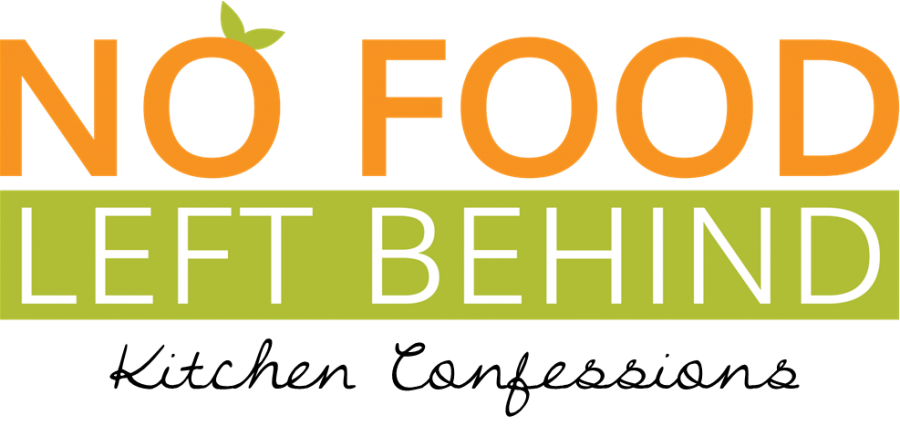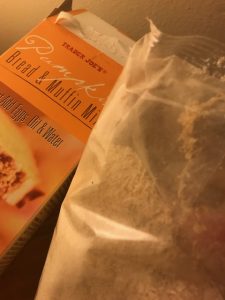Greetings, Conscientious Food Consumers!
Back in the pre-COVID era when we tabled regularly at the Corvallis winter and downtown Farmers’ Markets, I had interesting encounters with all kinds of folks who ventured over to our booth to pitch questions and comments, play our “Food Storage IQ” game, take the waste-less pledge (like our market patron below) or to share a favorite food memory or kitchen hack.
Many also shared their own “kitchen confessions,” including this one: “I live alone, and I can’t believe how much of my food gets wasted!”
She was being a bit hard on herself. For years she’d prepared meals for several people, but now that she lived as both a widow and an empty-nester, our booth visitor was having trouble adjusting her food shopping and preparation habits. And since many food products are packaged for family-sized meals, the leftovers tended to be more than she could handle.
On the other end of the spectrum, I also encountered singles establishing their first households as young adults. They too knew it was easy to let good food go bad — and they were eager to start out with good non-wasting habits in their own kitchens.
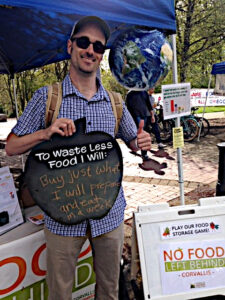
I was happy to provide these folks, and others to follow, with some of our Smart Strategies (in English and Spanish) and other tactics to try at home. (Keep scrolling!)
In recent years, online resources galore have sprung up to cater to the needs of small-batch and “cooking for one” audiences. A few examples: One Dish Kitchen: the simple pleasure of cooking for one (including meatless and many other recipes), the Kitchn’s meal plans, and 66 recipes from Tasty.co can get you started. You can also get help scaling down your recipes for one with this handy converter.
There’s also plenty of support through social media groups, recipes on Pinterest or Instagram, and a nearly-infinite variety of videos and cookbooks from celebrity chefs and everyday folks alike.
Whether single by circumstance or choice, people living alone in their own dwellings (no housemates or live-in companions) comprised 28% of all households in 2018, according to the U.S. Census Bureau. Then came the pandemic and sheltering in place, magnifying the sense of isolation for many.
So let’s have fun with waste-less cooking for one! NOTE: Even if you’re living with family, a partner, housemates or other arrangement, there will still be times when you’re on your own for preparing a meal.
1. FIRST, THE FUN PART: it’s all your choice! You know your own taste and appetite — so be as spontaneous, creative and adventuresome as you like. Browse some recipes from the links in this blog. Have an omelet for dinner! Dessert in a mug! Maybe your kids, your ex or late spouse didn’t like spicy food, but now you can wander freely through the wondrous world of herbs and spice. (I like cooking with and eating garlic almost every day, and no one complains.)
2. WASTE LESS, MEAL PLAN MORE. Build a week’s worth of menus after “shopping” your fridge, freezer and pantry first. (Here’s a more detailed example of a one-person meal plan.) Then make up your grocery shopping list. Keep in mind that many food products don’t come in single-serving packages, so you’ll need to find different ways to use those up to get your money’s worth. That’s pretty easy to do with a rotisserie chicken, but what about tortillas that only come in packages of 12? (Solution: freeze half of ’em!)
3. WASTE LESS, PREP MORE. You’re more likely to stick to your solo meal plan if substantial parts of it are ready to go. So just loop your favorite playlist and have fun cleaning, slicing, dicing, roasting/baking and packing some ready-to-use or freeze meal components like: proteins (meat/fish/poultry or grains), veggies (what’s not to like about easy sheet pan meals?) and fruits. It can take as little as a “power hour” or two over the weekend!
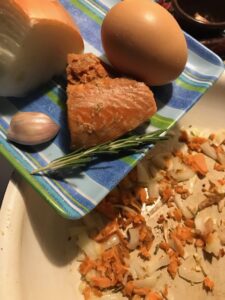
4. NO-FAIL LEFTOVERS. Get creative with random food items (and keep them out of the compost bin) with apps like Big Oven! Example: My one baked salmon fillet (see photos) served as the anchor for two meals and a snack (salmon pate), using some cooked red rice, two types of onion, egg, fresh rosemary and packaged soup from my fridge’s “Eat First” shelf.
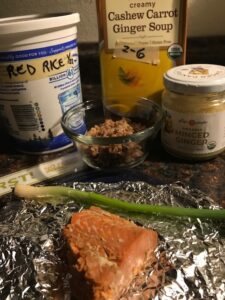
5. SHOP THE BULK and DELI SECTIONS at the grocery store or shop Farmers’ Markets to ensure you’re buying just what you can use. Try buying just one chicken breast instead of a package of four; a custom portion of cheese instead of a whole package; or maybe a couple ounces of those gourmet olives you’ve been secretly craving, instead of a whole can!
Example: Carrots from the bulk produce bin or a bag of pre-peeled minis?
Recently I gambled on whether I could use up a one-pound bag. It was a safe bet: carrots are a versatile veggie that stores well in the fridge (check our A-Z Fruit and Vegetable Storage Guide for details). My plan called for carrots fresh, roasted and stewed — and I enjoyed every bit of them.
Kitchen Confession: In the past, I automatically purchased the bagged ones — and inevitably, two months later, they’d end up at the bottom of my crisper drawer as a partial-bag of dried-up or slimy baby carrots.
6. MAKE YOUR OWN FROZEN CONVENIENCE MEALS and save $$$ by investing a bit of freezer-prep time, creating ready-to-cook single meals and side dishes from the items you prepped in Tip #3 above (make sure to blanch the veggies first). Freeze small batches of bread, tortillas or baked goods before they get moldy on the counter. For a special treat, there’s frozen chocolate chip cookie dough in pre-portioned scoops (see tip #19 at Easy Single-Person Cooking Ideas)! Just don’t forget to keep track of what’s in there.
Finally — GO AHEAD, REWARD YOURSELF with some tasty takeout for wasting less during the week! (Restaurant portions can be generous, so you’ll probably get two meals out of it.)
Whether you’re stuck with it or thrilled to be your own chef, have fun cooking for one!
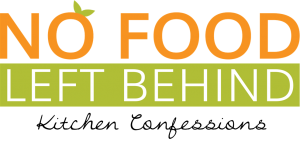


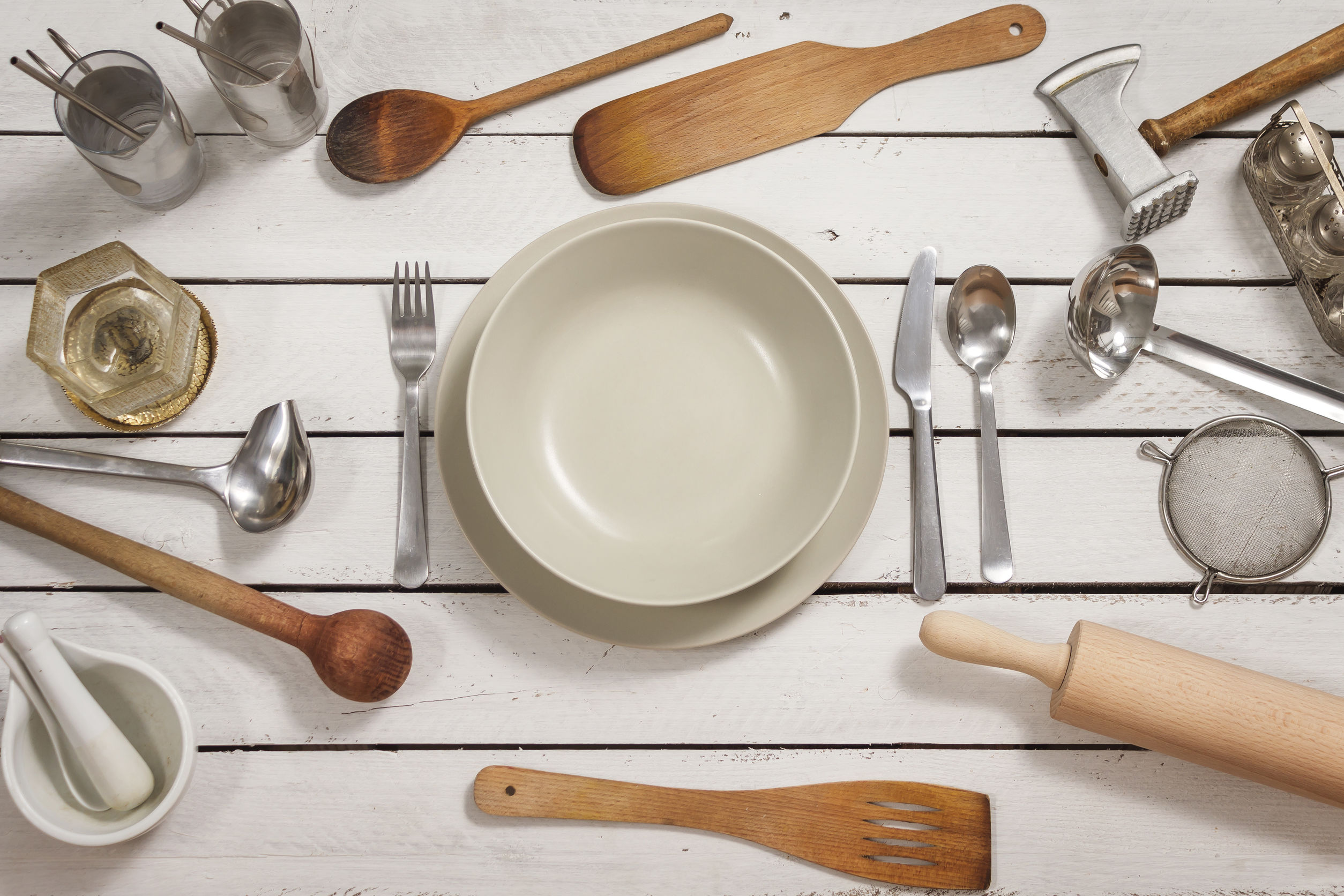

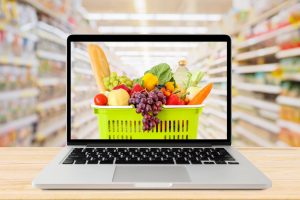
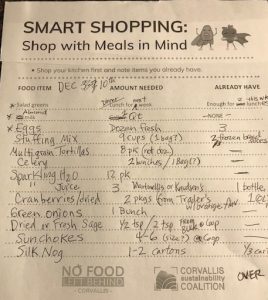
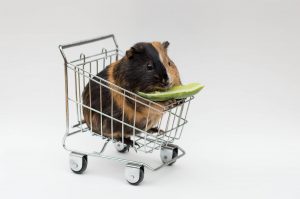
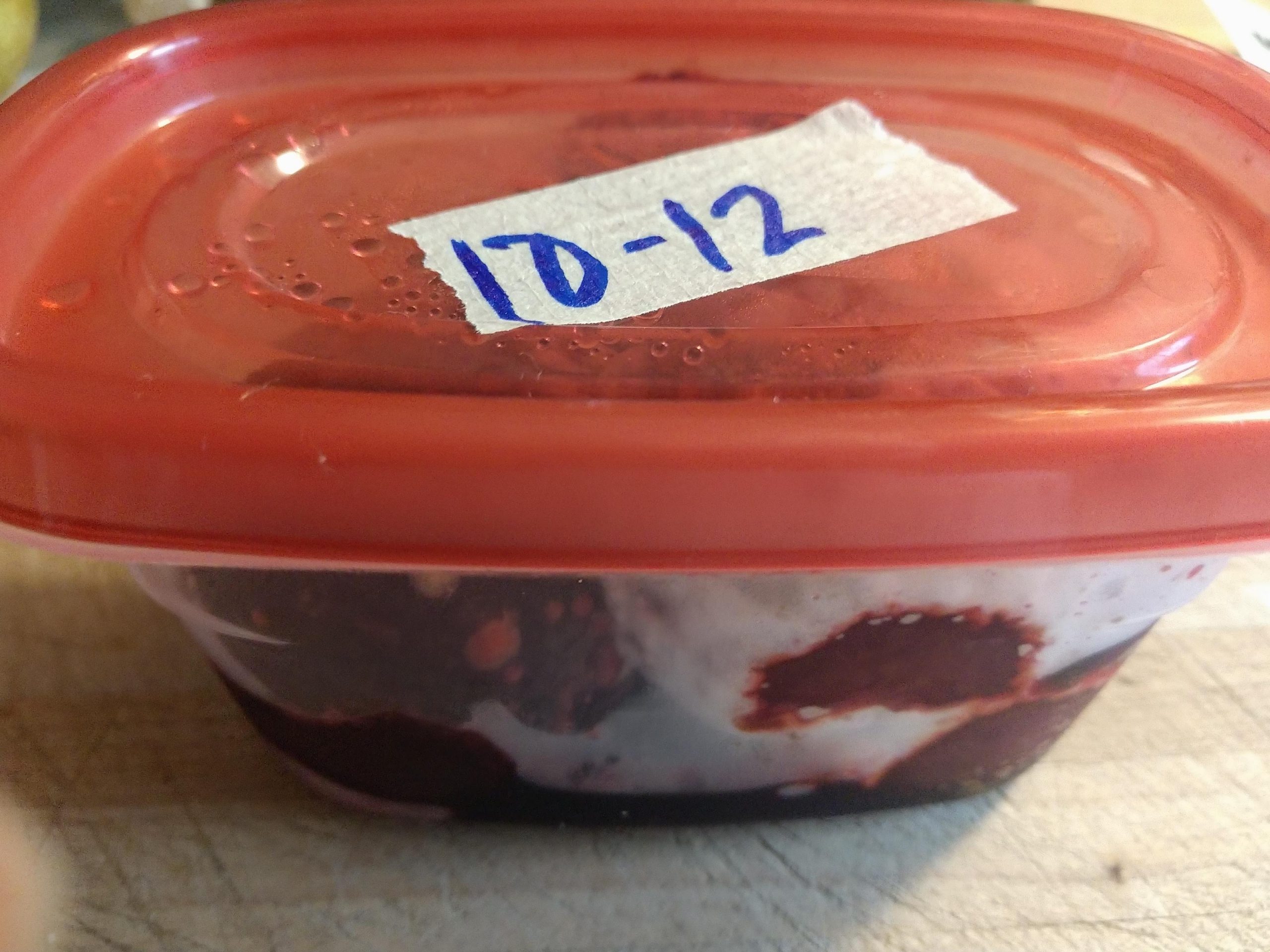
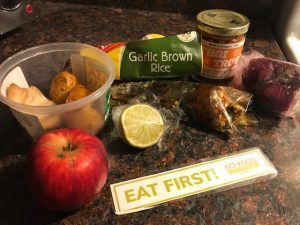

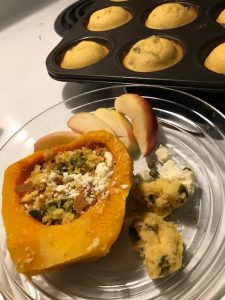


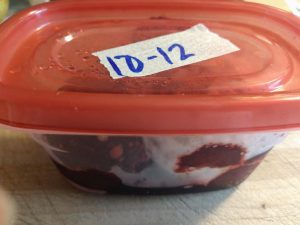
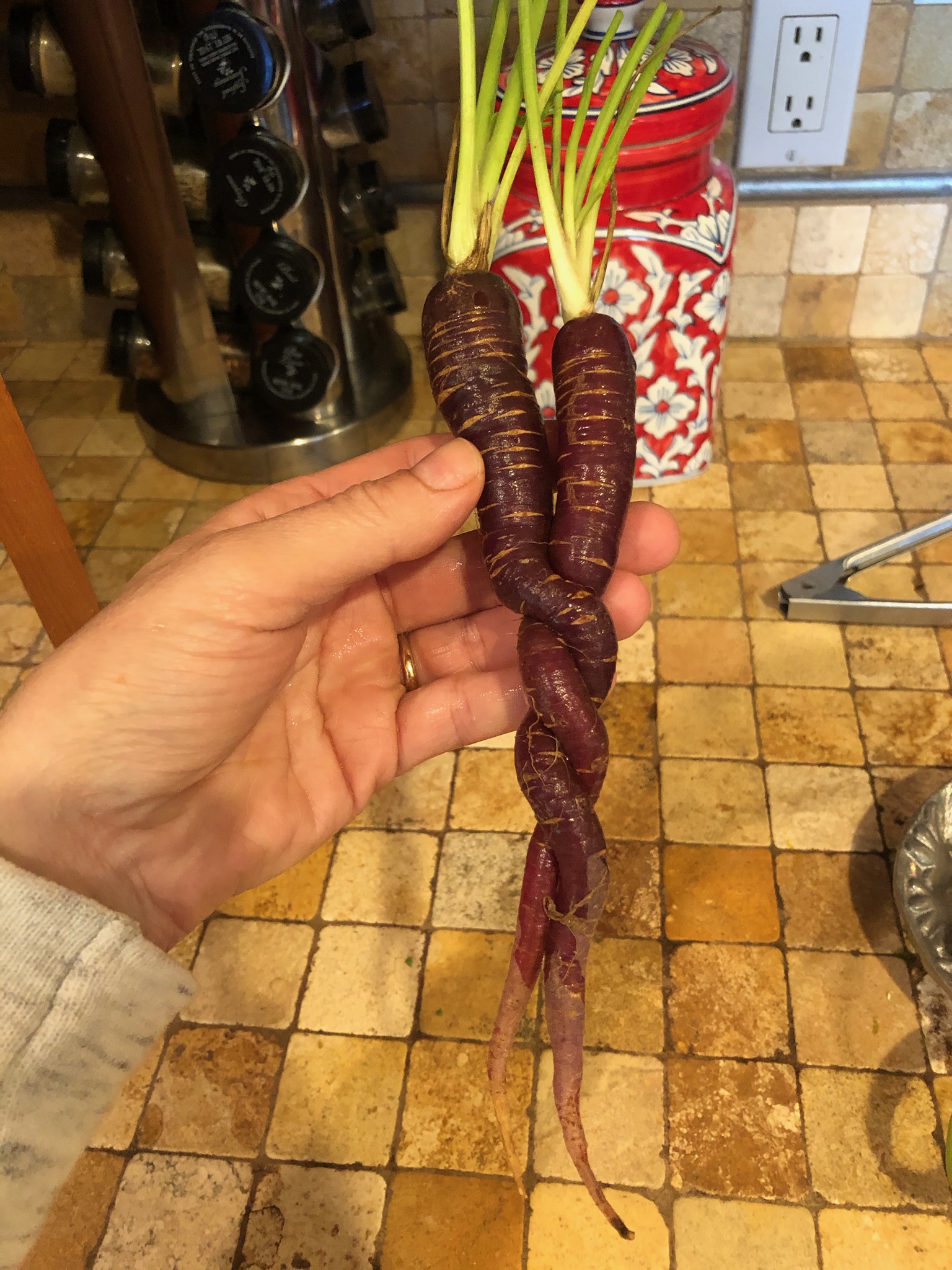



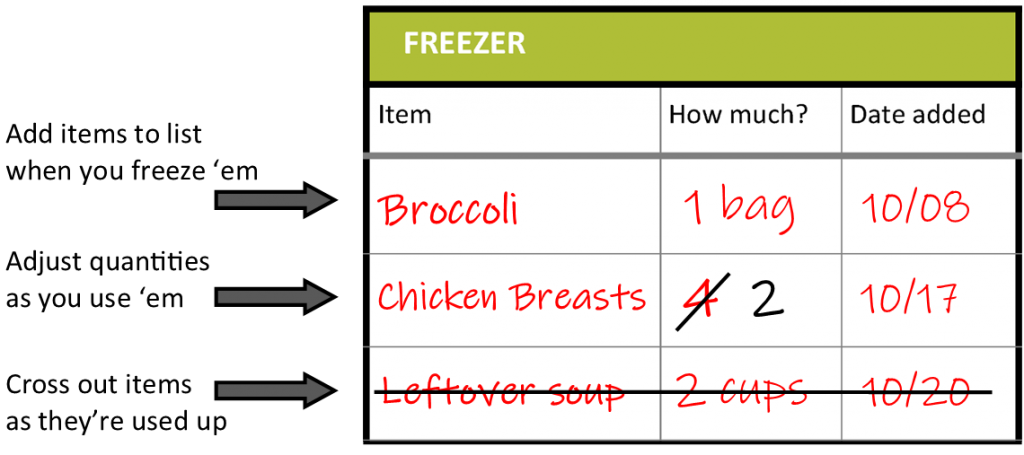
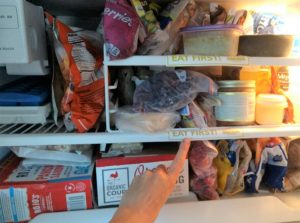

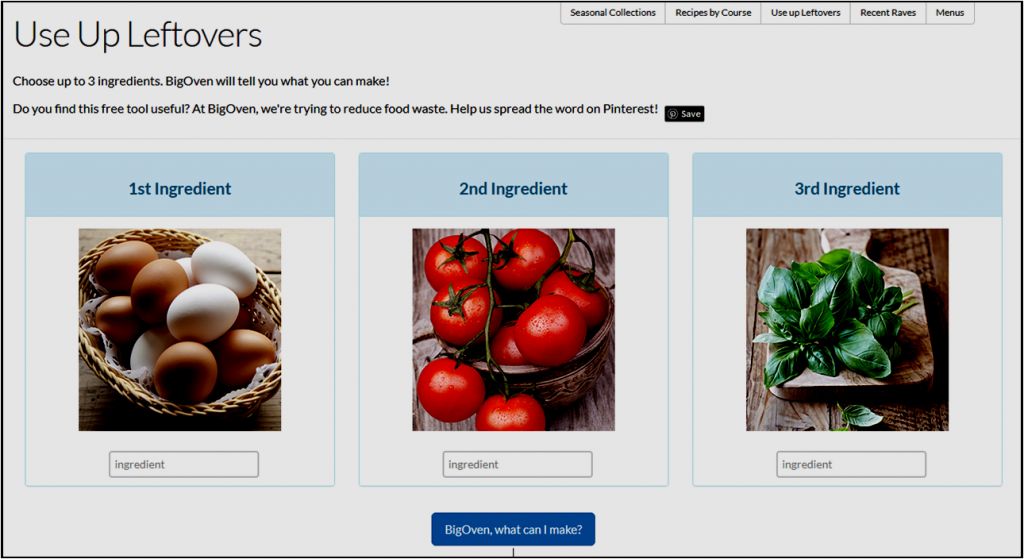 Thank you in advance for recommending our
Thank you in advance for recommending our 